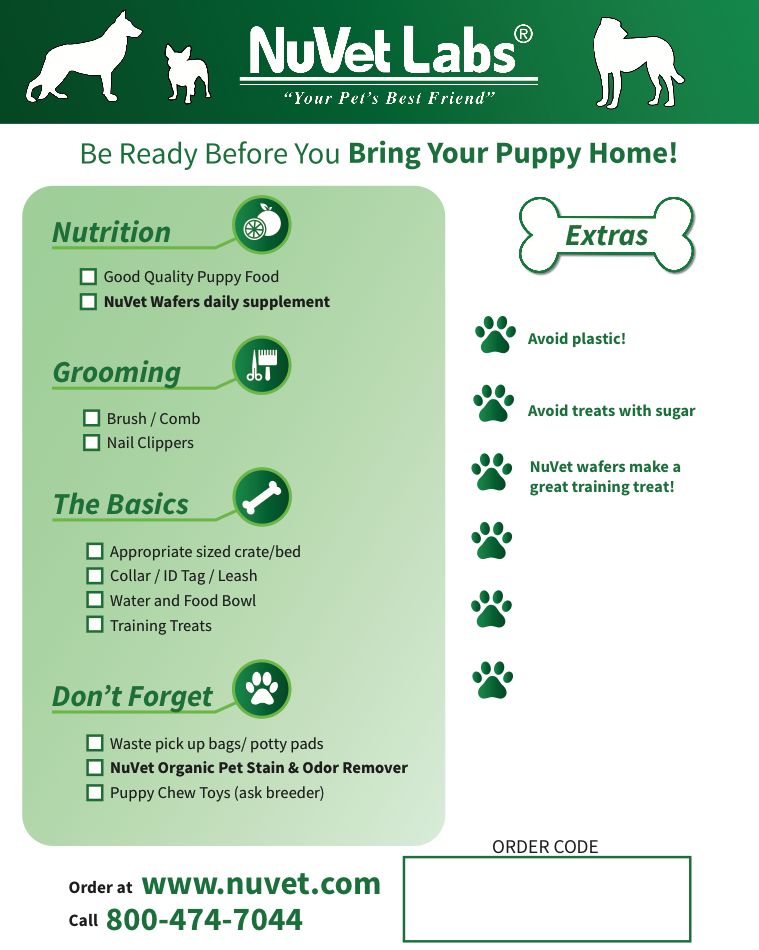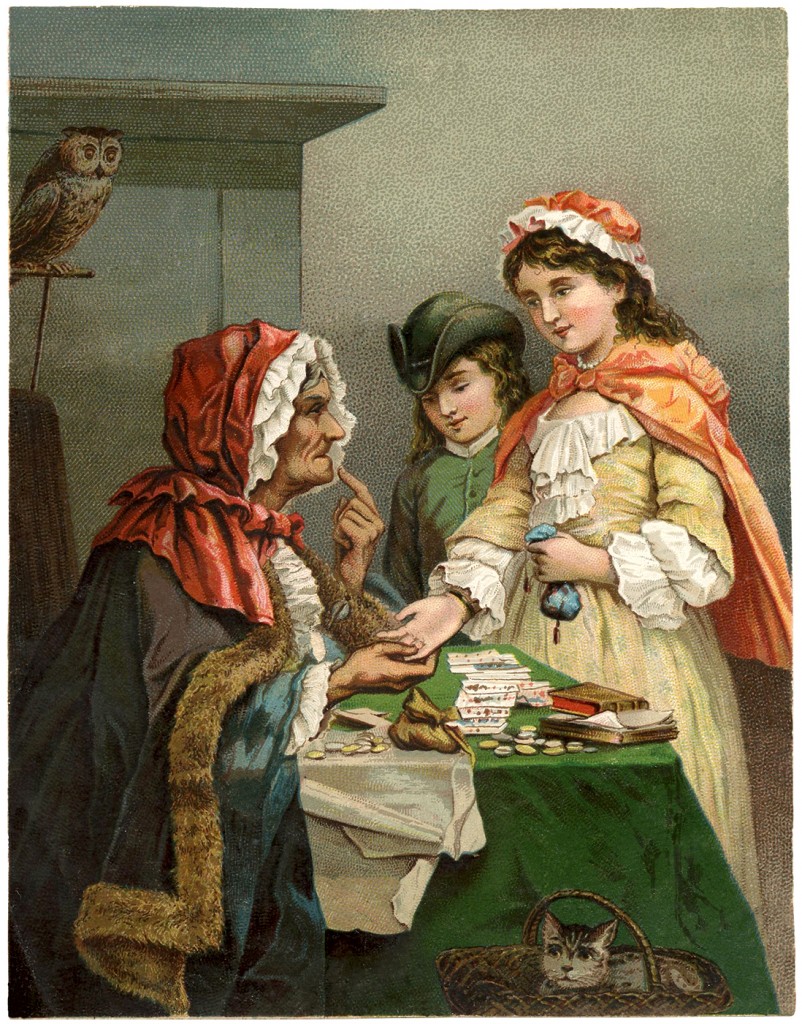44 reading labels on food
How to Understand and Use the Nutrition Facts Label | FDA You can use the label to support your personal dietary needs - look for foods that contain more of the nutrients you want to get more of and less of the nutrients you may want to limit. Nutrients... How to understand food labels - Eat For Health The Nutrition Information Panel on a food label offers the simplest and easiest way to choose foods with less saturated fat, salt (sodium), added sugars and kilojoules, and more fibre. It can also be used to decide how large one serve of a food group choice or discretionary food would be and whether it's worth the kilojoules.
Label reading - Baker Label reading. This fact sheet gives you guidance on understanding how to read nutrition information panels to help you identify healthy choices. This fact sheet will allow you to identify processed and packaged foods that are: lower in energy (kJ) lower in saturated and trans fat. lower in sugar. lower in sodium (salt)

Reading labels on food
Food label reading guide | Nutrition Australia The Health Star Rating is a front of pack labelling scheme which can be used to make healthier food choices at a glance. The rating range is from ½ - 5 stars and the more stars, the healthier the choice. Recommended minimum star ratings for food and drink categories Remember: Reading food labels can help us make healthy choices. How to read food labels - Heart-healthy eating The 'ingredient list' on food labels lists ingredients used in the product in order of size, from greatest to smallest. It can help to identify sources of fat, ... How to read food labels - Safefood Some labels use colour coding to show at a glance if a food is high, medium or low in fat, saturated fat, sugar and salt. If the label isn't colour coded, use our label decoder as a guide. The fibre content is important when you are looking at foods such as bread, cereals, pasta and rice.
Reading labels on food. How To Read Food Labels - 10 Tips - Pritikin Longevity Center How To Read Food Labels – 10 Tips · 1. Never believe the claims on the front of the box. · 3. Check the serving size. · 4. Check the amount of servings per package ... Reading Food Labels - Purdue Extension Nutrition Education ... Reading Food Labels Easy as checking a label. Reading labels is easier than you think and can help you make healthy choices. Food labels, or Nutrition Facts, tell you the nutritional content of a food item. The nutritional content is basically what is in that food item. You can find these labels on the back or on the side of packages, cans or ... 13 Misleading Food Label Claims and How Not to Be Tricked Meals and main dishes should include 120 calories or less per 100 grams of food. 6. Label Says "Low-Carb" The FDA does not have any guidelines for the labeling of foods as low-carb. For this reason, the label can be used on virtually any product. 7. Label Says "Low-Fat" Food Labels | CDC If you eat the whole thing, you are eating 8 times the amount of calories, carbs, fat, etc., shown on the label. Total Carbohydrate shows you types of carbs in the food, including sugar and fiber. Choose foods with more fiber, vitamins, and minerals. Choose foods with lower calories, saturated fat, sodium, and added sugars. Avoid trans fat.
Reading Food Labels - What You Need to Know Reading labels may also help you to eat less of the nutrients that could cause health problems. Eating too much fat, saturated (SACH-er-ay-ted) fat, trans fat, cholesterol (koh-LES-ter-ol) and sodium may increase your risk for certain health problems. Some of these health problems are heart disease and high blood pressure. Food Labeling & Nutrition | FDA Food labeling is required for most prepared foods, such as breads, cereals, canned and frozen foods, snacks, desserts, drinks, etc. Nutrition labeling for raw produce (fruits and vegetables) and... Understanding Food Nutrition Labels | American Heart ... Learn what to look for on the label. 1 - Start with the serving information at the top. This will tell you the size of a single serving and the total number of servings per container (package). 2 - Next, check total calories per serving and container. Reading Labels and the 5/20 Rule | Villanova University Reading Labels and the 5/20 Rule Reading food labels can be tricky if you don't know exactly what you're looking for, or looking at. The percent daily value listed on the right of all food labels lets you know what percent out of the recommended daily intake of each nutrient you are consuming in that specific food.
Food label reading: Read before you eat - PMC In our study, 57.7% consumers "don't understand" the food labels, whereas 39.7% "partially understand" the food labels information. Nutrition labels typically contain information on calories, serving size, and amounts and/or daily values of several macronutrients, vitamins, and minerals (e.g., fats, carbohydrate, and calcium). Food Labels: Read It Before You Eat It! For people with food allergies, food allergen avoidance is a critical part of preventing allergic reactions.Understanding how to read a food label is necessary to effectively avoid any food to which one might be allergic. Reading a food label for allergens is different from what you might be used to. Reading Food Labels | ADA - American Diabetes Association Put food labels to work The Nutrition Facts labels on foods are really the key to making the best choices. We'll cover the basics so that these labels make shopping easier for you. Get started Understanding Carbs You've heard it all. From carb-free to low-carb, to whole and empty carbs, it's hard to know what it all means. Learn more How to read food labels: MedlinePlus Medical Encyclopedia If a label says that a food has 100 mg of sodium, this means it has about 250 mg of salt. You should eat no more than 2,300 mg of sodium per day. This is the amount of sodium that is in 1 measuring teaspoon of table salt. Ask your health care provider if you should have even less. The % daily value is included on the label as a guide.
PDF A Guide to Reading Food Labels - University of Rochester A Guide to Reading Food Labels Reading food labels can help you make wise food choices. Most foods list nutrition information on the package label, called Nutrition Facts. These facts can help you compare foods and choose the healthiest option. Sample Label 1 Serving Size Calories . Limit These . Nutrients . Get Enough of These Nutrients 5 ...
How to read food labels - healthdirect Home / Top Tips for Low Gi Living / Reading Food Labels Reading Food Labels To help work out the amount of carbohydrates (or number of exchanges) in a food and make low Gi choices, a basic understanding of food labels is important. Read more on Glycemic Index Foundation website.
How To Read Food and Beverage Labels | National Institute ... There are three types of product dates commonly printed on packaged foods and beverages: "Sell by" tells how long the manufacturer suggests that a store should sell items such as meat, poultry, eggs, or milk products. Make sure you buy by this date. "Use by" tells how long items will be at peak quality.
How to Read a Food Label | Food Allergy Research & Education Starting Jan. 1, 2023, allergen labeling of sesame will be required under the Food Allergy Safety, Treatment, Education and Research (FASTER) Act of 2021. Ingredients and manufacturing processes can change without warning. Make a habit of carefully reading labels to ensure you avoid any potential allergens. "May Contain" Statements
Reading food labels: Tips if you have diabetes - Mayo Clinic Reading food labels can help you make the best choices. Start with the list of ingredients When you're looking at food labels, start with the list of ingredients. Keep an eye out for heart-healthy ingredients, especially those that are less processed, such as whole-wheat flour, soy and oats.
PDF How to Read the Food Label Look for low- sodium foods with less than 140 mg per serving. Track the total amount you eat. Fiber. Aim for 25 to 38 grams of fiber per day. Sugars: Limit added sugars. Some vitamins and minerals may be listed with DV in one serving. Percent Daily Values (DV) tell you how much you should be eating based on a 2,000 or 2,500 calorie diet.
Reading Nutrition Facts Labels - East Texas Food Bank The nutrients at the bottom of the nutrition label are nutrients that improve our health. These nutrients include dietary fiber, vitamin D, calcium, iron, and potassium. When reading a nutrition label, look for foods that have 10% or more in the %Daily Value column. Limit these Limiting fat, sodium, cholesterol, and added sugars are important.
Food labels - NHS Some front-of-pack nutrition labels use red, amber and green colour coding. Colour-coded nutritional information tells you at a glance if the food has high, medium or low amounts of fat, saturated fat, sugars and salt: red means high amber means medium green means low In short, the more green on the label, the healthier the choice.





Post a Comment for "44 reading labels on food"